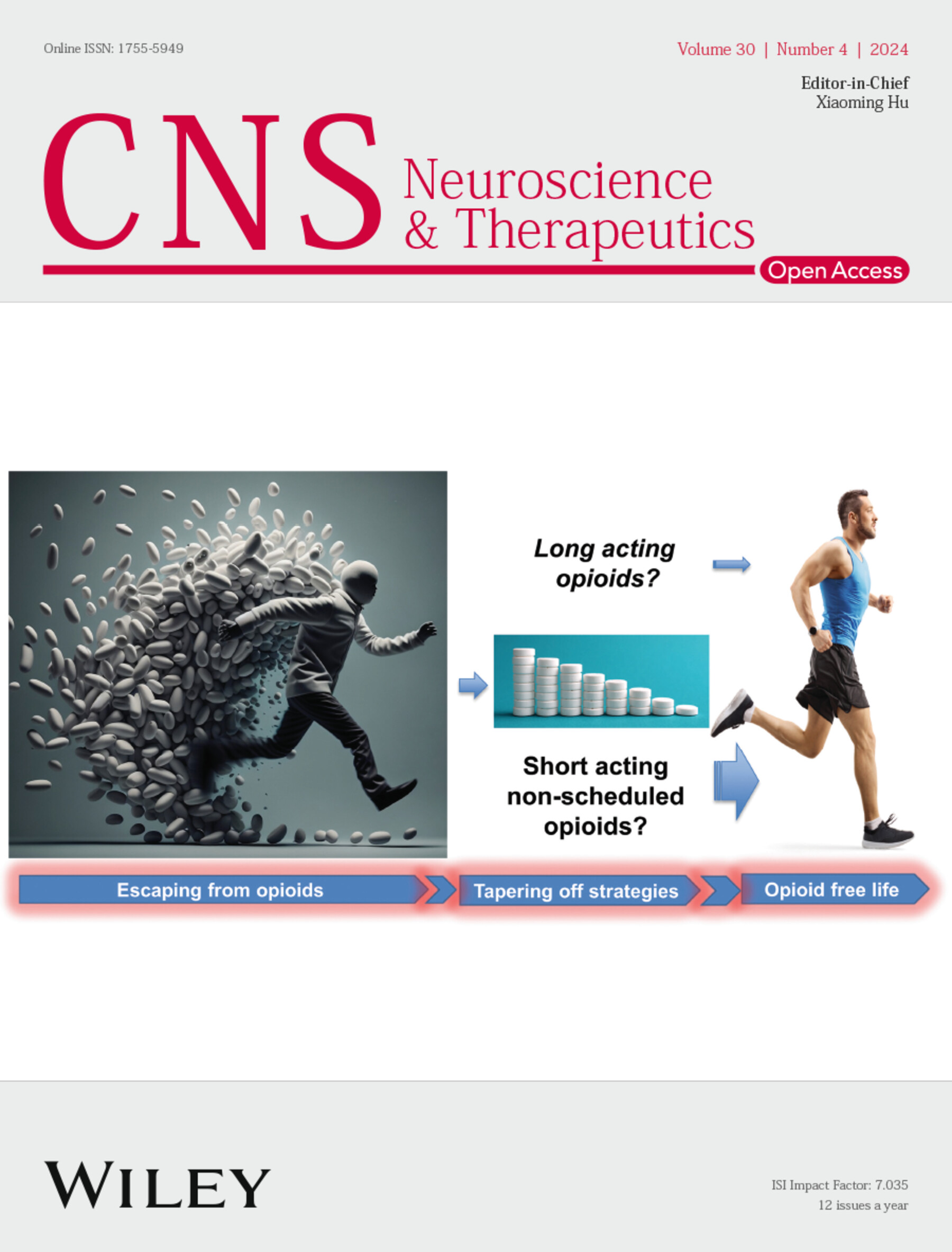A Novel Nomogram Integrating Retinal Microvasculature and Clinical Indicators for Individualized Prediction of Early Neurological Deterioration in Single Subcortical Infarction
Abstract
Aims
Early neurological deterioration (END) is a relatively common occurrence among patients with single subcortical infarctions (SSI). Accurate and early prediction of END in SSI is challenging and could contribute to enhancing prognosis.
Methods
This prospective observational study enrolled SSI patients who arrived within 24 h from symptom onset at a single center between December 2020 and March 2023. The least absolute shrinkage and selection operator (LASSO) regression model was applied to optimize feature selection for the predictive model. A nomogram was generated based on multivariate logistic regression analysis to identify potential predictors associated with the risk of END. The performance and clinical utility of the nomogram were generated using Harrell's concordance index, calibration curve, and decision curve analysis (DCA).
Results
Of 166 acute SSI patients, 45 patients (27.1%) developed END after admission. The appearance of END is associated with four routine clinical factors (NIHSS score, serum neuron-specific enolase, uric acid, periventricular white matter hyperintensity), and two retinal microvascular indicators (ipsilateral superficial and deep vascular complexes). Incorporating these factors, the nomogram model achieved a concordance index of 0.922 (95% CI 0.879–0.964) and had a well-fitted calibration curve and good clinical application value by DCA. A cutoff value of 203 was determined to predict END via this nomogram.
Conclusions
This novel nomogram exhibits high accuracy in predicting END in SSI patients. It could guide clinicians to identify SSI patients with a high risk of END at an early stage and initiate necessary medical interventions, ultimately leading to a better prognosis.


 求助内容:
求助内容: 应助结果提醒方式:
应助结果提醒方式:


